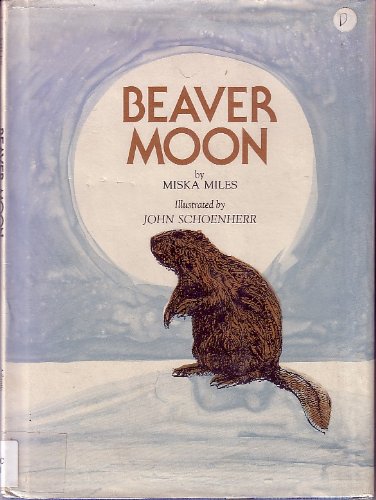The full moon in November is often referred to as the Beaver Moon because it occurs at a time when beavers are preparing for winter. It is also the time of year just before ponds freeze when Native Americans and trappers set beaver traps to ensure themselves a supply of warm winter furs.
Seneca Indians of western New York named this moon in honor of Jonito Amo’chk the beaver who, with the help of the fly, drove off the always thirsty Oyandon’e the moose, thus saving the drinking water for the other animals.
The November moon is also called the Celtic Dark Moon, recognizing the lengthening of the night as winter approaches. Creek Indians called it the Moon When the Water is Black with Leaves, as leaves dropping from trees darken ponds and rivers. For the Mandan Hidatsa people, this was the Moon When Rivers Freeze, and for the Tewa Pueblo the Moon When All is Gathered In (late harvesting moon). For the Cherokee its the Trading Moon and the Choctaw its the Sassafras Moon.
It is also commonly known as the Hunter's Moon, the Frosty Moon, or Snow Moon.
Buddhists refer to the November full moon as Il Poya while Hindus call it Kartik Poornima.


